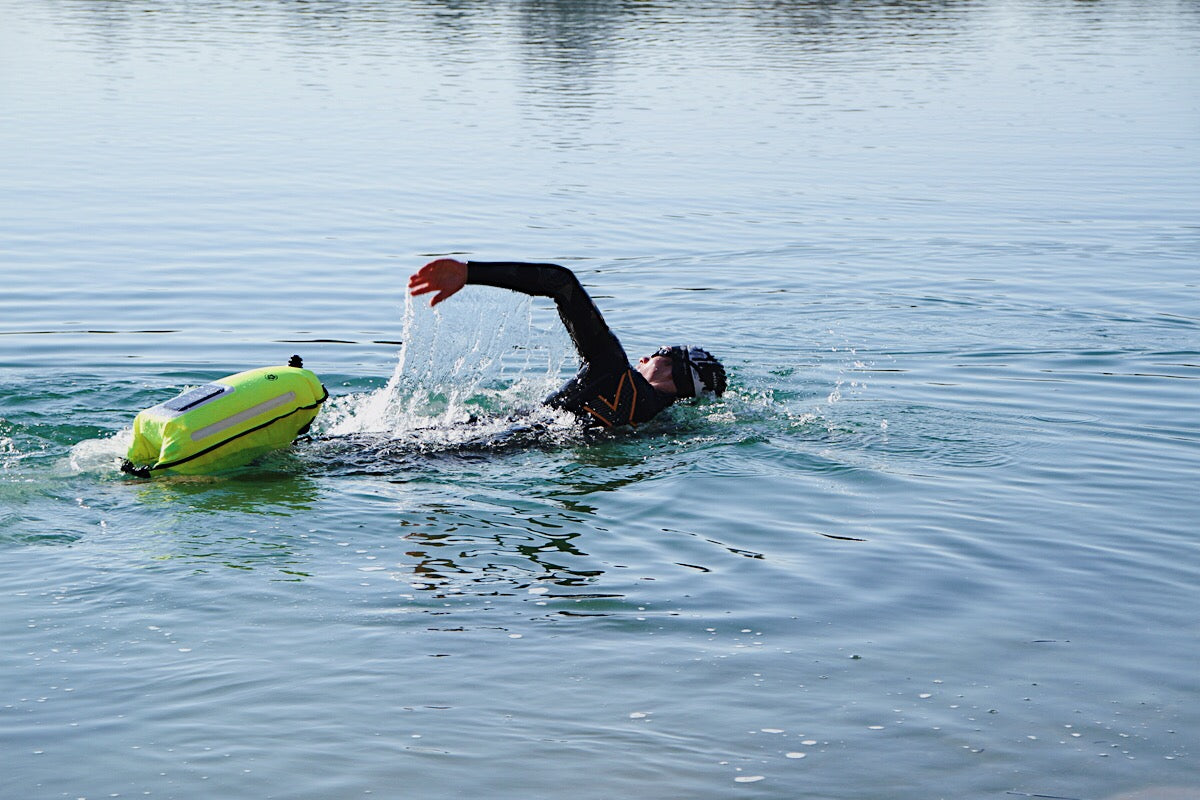HIT (High Intensity Training) and LIT (Low Intensity Training) are the new keywords in endurance training. A large number of studies show that low-intensity basic training paired with (high) intensive training elements is one of the most effective methods for building form. The key to this polarized methodology is to avoid “empty miles” in the mid-intensity range.
The 80/20 principle
The training approach on which the HIT and LIT training is based is not new - on the contrary: in the top and professional areas, it has been trained consistently for many years. This so-called bipolar training approach is closely linked to the 80/20 principle. 80% of the training scope is completed in the basic area (LIT), 20% in the development and peak area (HIT). The training areas in between are almost completely ignored, and targeted threshold training only becomes more important in the immediate preparation for a competition.
Low Intensity Training
In low-intensity training, training units are completed at low to moderate intensity. The main focus here is on aerobic energy metabolism, movement economy and long-term endurance. The aerobic endurance capacity is the essential basic requirement for all triathlon distances. Even in the sprint triathlon, the proportion of aerobic energy generation is 90%, and even 99% in the long-distance triathlon. For the training design, this means that LIT training units should not be shorter than 50-60 minutes, since the corresponding metabolic processes only really unfold after this duration. Accordingly, the duration method is the most important form of training in low-intensity training.
Examples of LIT units:
- long bike rides (2 - 6h)
- Endurance run > 1:30h.
Short city sign sprints on the bike or increases in endurance runs can loosen up the permanently monotonous movement and can be sprinkled into the training units. However, it is important to keep the majority of the stress intensity in the GA1 range.
But this is exactly where the big mistake that many hobby athletes make in daily training lies: too much training time in the medium intensity ranges (GA2, threshold range). In concrete terms, this means: too fast for basic training, but too slow for development. You feel exhausted during these often uniform training sessions (mostly you try to maintain a certain speed/cut), but the training effect is significantly lower and stagnates at some point.
Also interesting
High Intensity Training
The aim here is to develop performance and speed through targeted intensity peaks. The physiological adaptation processes to these intense training stimuli are primarily aimed at improving VO2max - a key aspect of your endurance performance (the better the VO2max, the longer you can maintain a high level of performance). Due to the above-threshold stress structure in the HIT, additional effects are achieved in the context of lactate buffering and motor skills. Interval/speed change training is the best form of training for the optimal design of these intensive stress stimuli. When designing the training, the intensity of the intervals is divided into two categories: slightly above-threshold and heavily above-threshold intervals. The former have a duration of 3 - 8 minutes and are in a moderately above-threshold intensity range (principle: the shorter, the faster). A classic example here are the 1,000m intervals when running. The high-intensity (strongly above the threshold) intervals should be designed to be significantly faster, but also significantly shorter. They are subject to high exertion near the maximum performance limit (approx. 95% VO2max) and are usually between 30 seconds - 2 minutes long. A good example of this is 200m or 400m intervals when running on the track. As a rule of thumb for the interval break, you can estimate about half of the load time.
Important for the HIT: Interval training should be carefully integrated into the training plan. "A lot helps a lot" is exactly the wrong approach here, since the musculoskeletal system is exposed to high stress and there is a risk of overloading. Above all, the basic training creates the conditions for bones, muscles, tendons and ligaments to adjust to increasing loads.
Our conclusion
The polarized approach of HIT and LIT takes up many long-established principles of training science: training effectiveness, training variation, progressive increase in load. The right design of the training units will primarily reduce those stress stimuli that only have a manageable increase in performance in the long term, but which are most common in mass sports ("main thing is to keep the average").




















